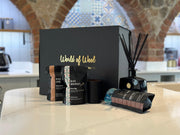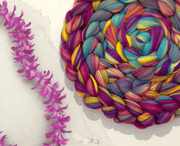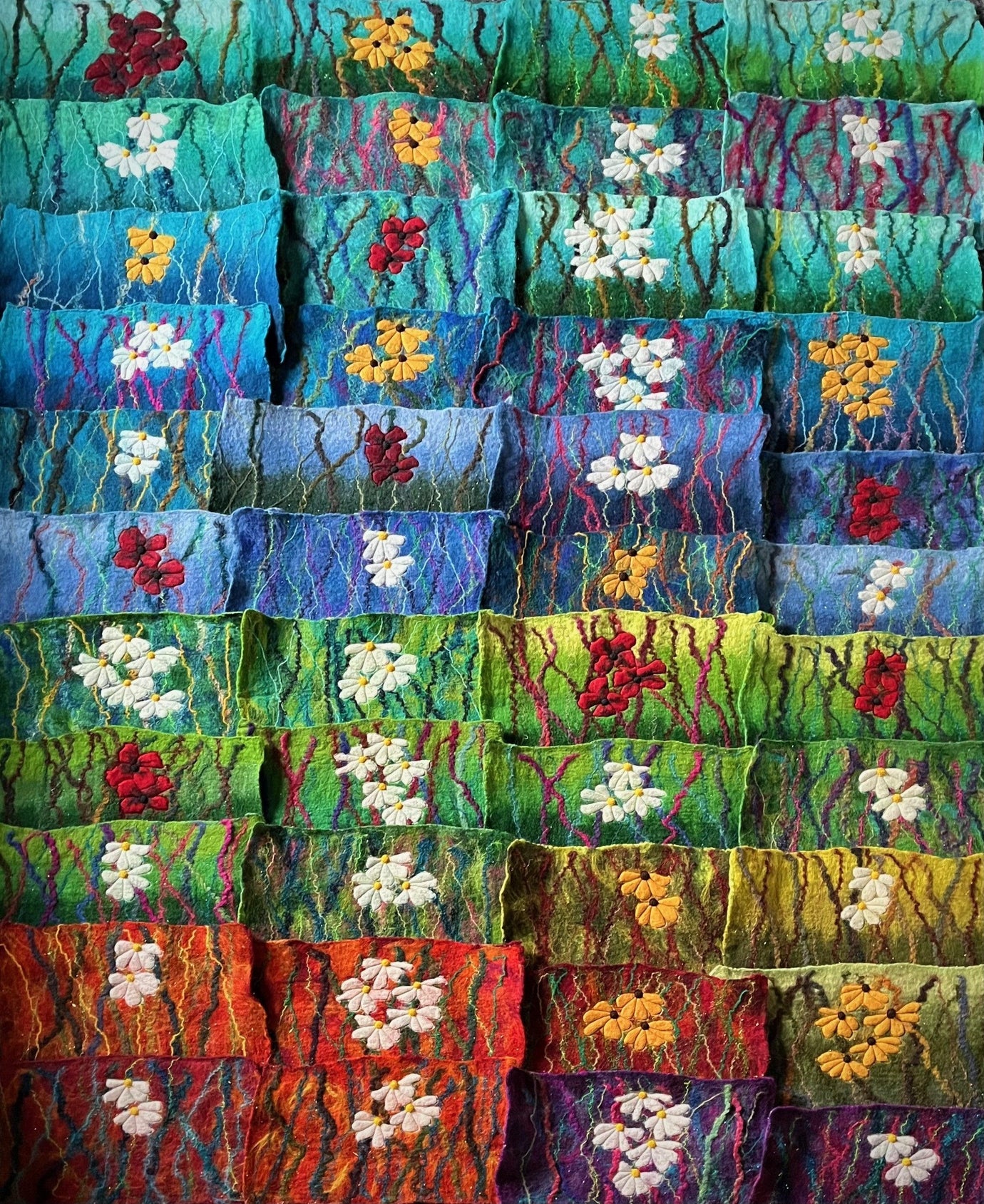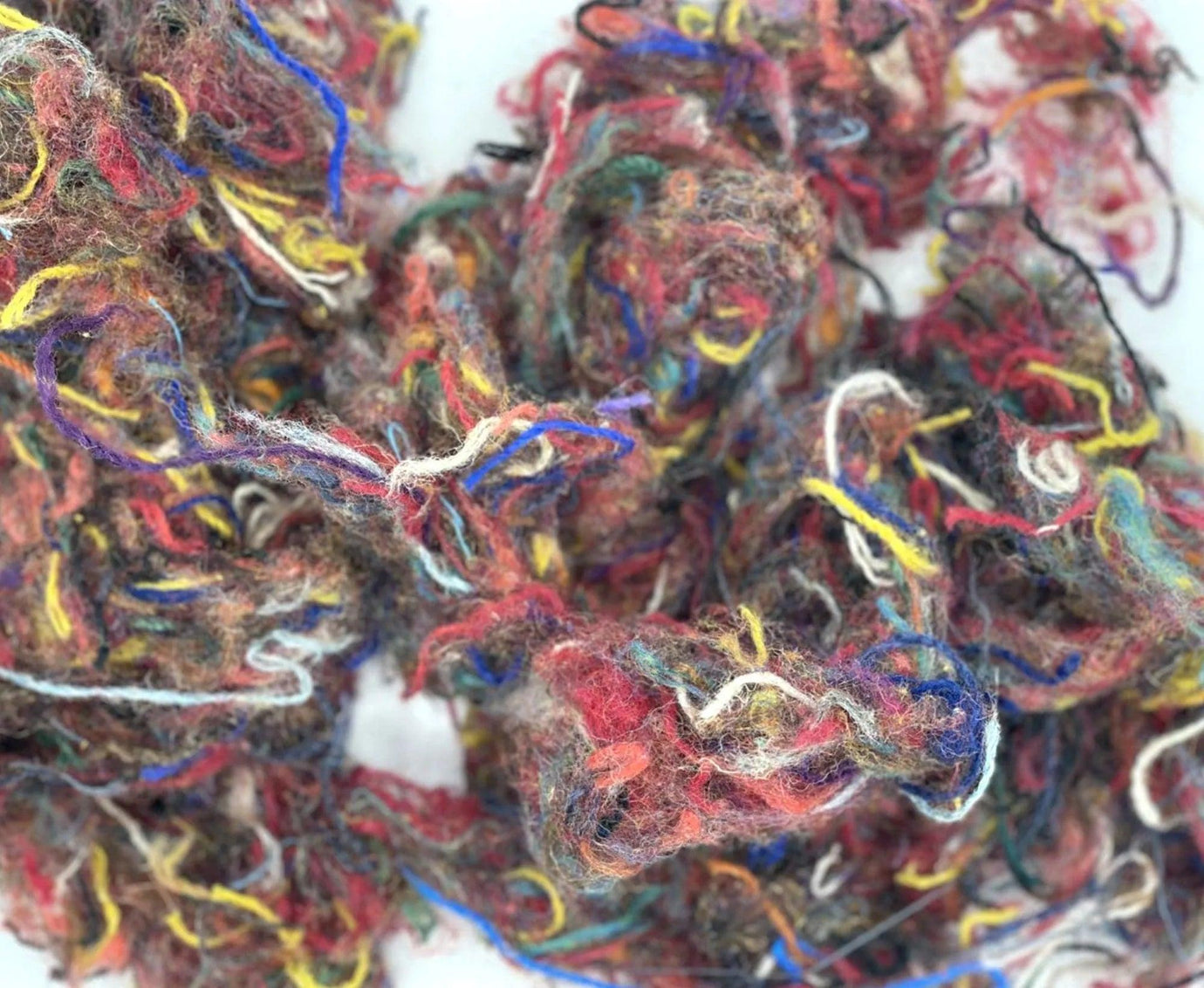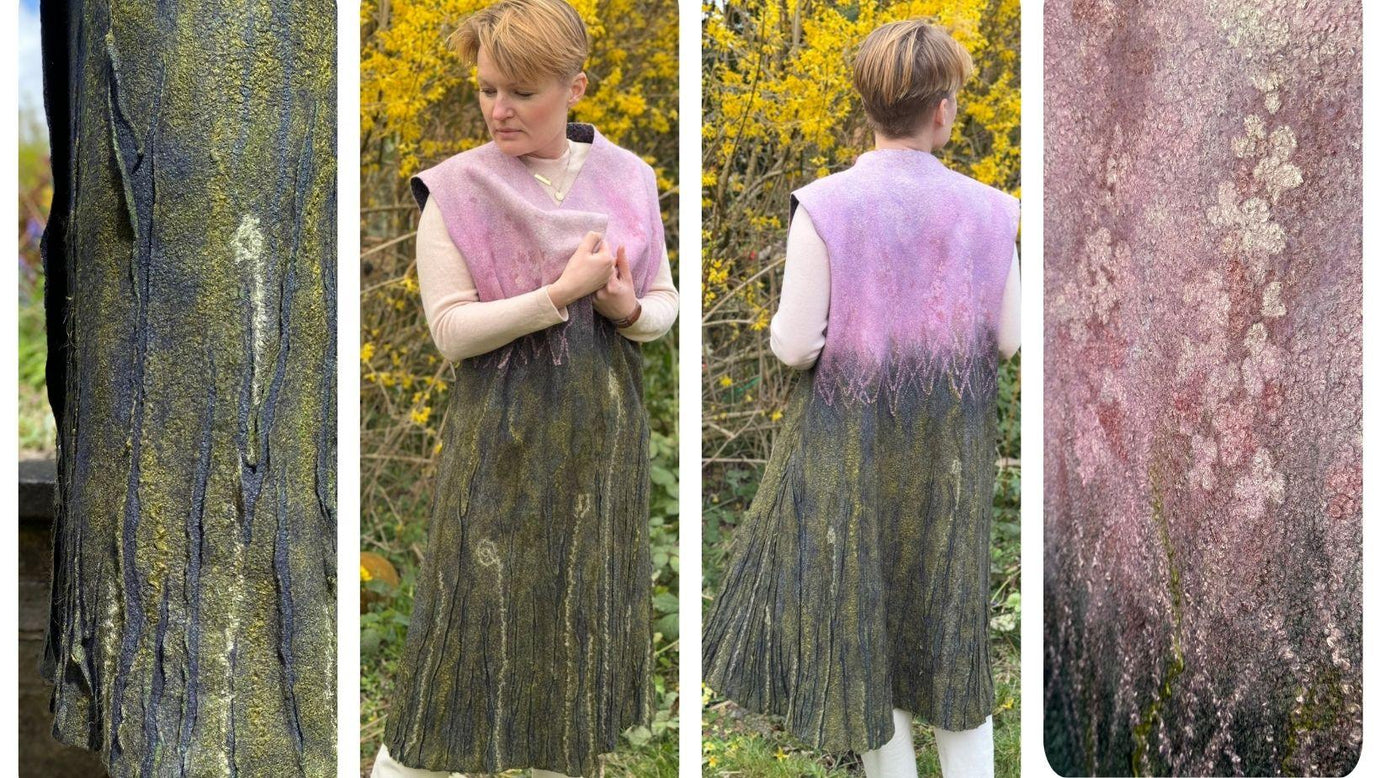WOOLS OF THE UK: Blue Faced Leicester
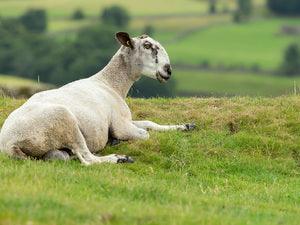
The Blue Faced Leicester is one of the most iconic British breeds, easily identified by its large ears, Roman notes and alert, proud carriage. They’re not small sheep either! From the tips of their toes to the tops of their ears they can be 3’ 10” tall, and as long as 5” from nose to tail! The rams can weigh 110kg and the ewes 90kg which means if one wants to push past you, you’ll have a hard time stopping them!
Colour
The ’blue’ part of the breed’s name refers to the colour of their skin which is a blue/grey shade (their tongues are too!) and their fleeces are normally cream/white. The Blue faced Leicester can carry a recessive gene which means there are also black ones with dark brown fleeces. These are less common but still produce a high-quality fleece. We blend the white and brown fleeces together to great our oatmeal shade.
Staple Length
80mm – 150mm
Micron Count
26mic
Country of Origin
United Kingdom, specifically Leicester (the name gives it away!)
History
This breed has a long history though it only came into recognition as its own breed around the 1900s. As far back as the 1750s Robert Bakewell was working on crossing traditional breeds to produce a sheep that would be a vigorous grower for both meat and wool that could in itself be used to improve other breeds. Sheep were selected for their dark skin and finer fleeces; these eventually became the basis of the Blue Faced Leicester that we know today. The breed produces one of the most popular fibres for crafting due to its softness and versatility.
There isn’t just one type of Blue Faced Leicester, though – there are two! As the breed was used for crossing on other breeds for meat production (to create a breed known as a Mule) there was a movement for more desirable markings on the Mule. To facilitate this the Crossing Leicester was developed; it has exactly the same characteristics as the original breed, but bas black markings on its face and legs. The fleece carries the same quality of fibre and staple length which means your Blue Faced Leicester fibre couple come from a true-blue or a someone with more fancy looks!
Uses
Unprocessed fleeces that have been washed are sought after for their locks which are often used as effect fibres for felting work, art yarns and dolls hair due to their fine, ringlets with a light sheen. When processed into tops the fibre can be hand spun to any yarn weight – from shimmery lace through to a sumptuous chunky. Blue Faced Leicester makes one of the most popular British-breed yarns for knitting and crochet as it is fine enough to wear next to the skin and takes dye readily for a vibrant, soft yarn.
Did you know…
in 2023 a Blue Faced Leicester ram lamb sold for £65,000 setting a new breed record!
You can find our Blue Faced Leicester tops here
There are some extra-special Blue Faced Leicester blends here
We’ve got Blue Faced Leicester yarn here


